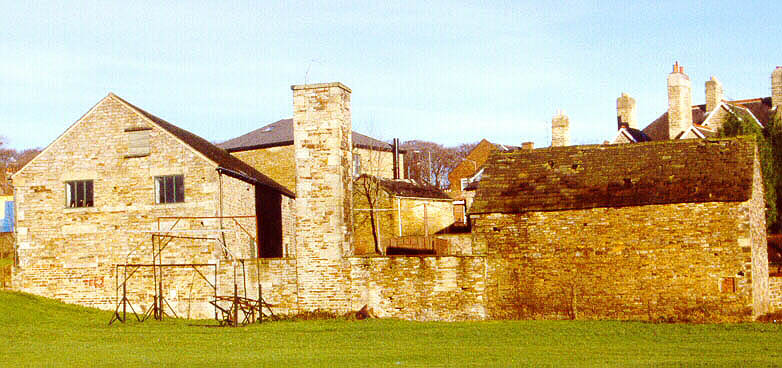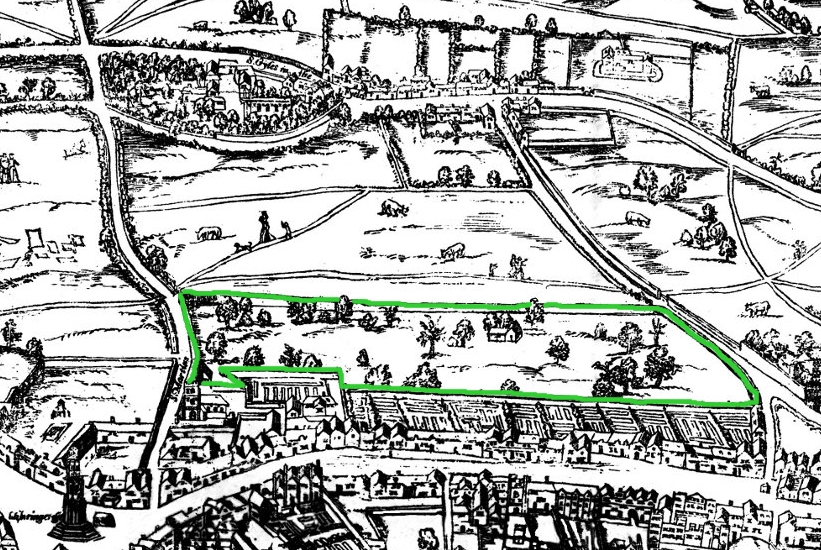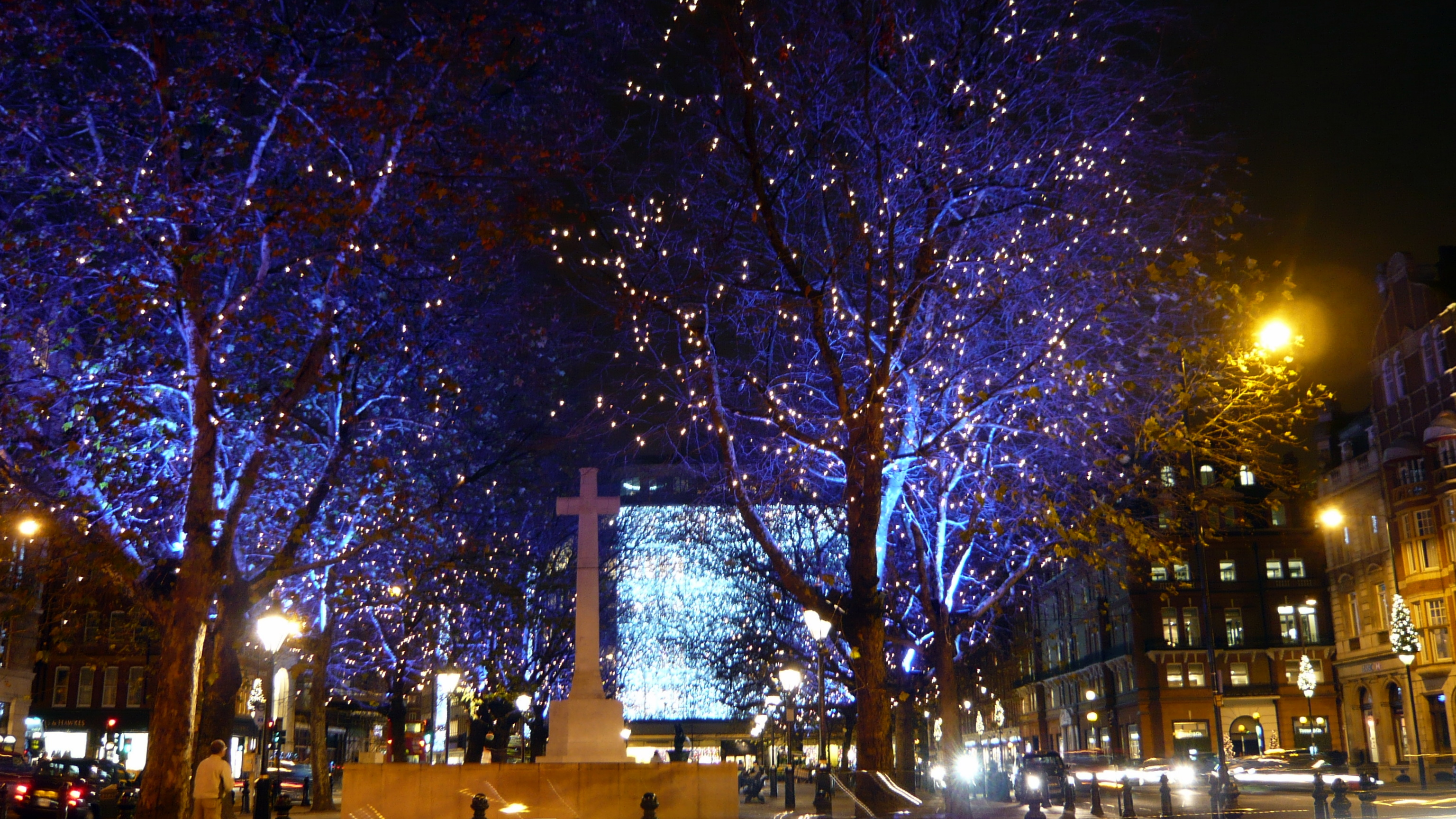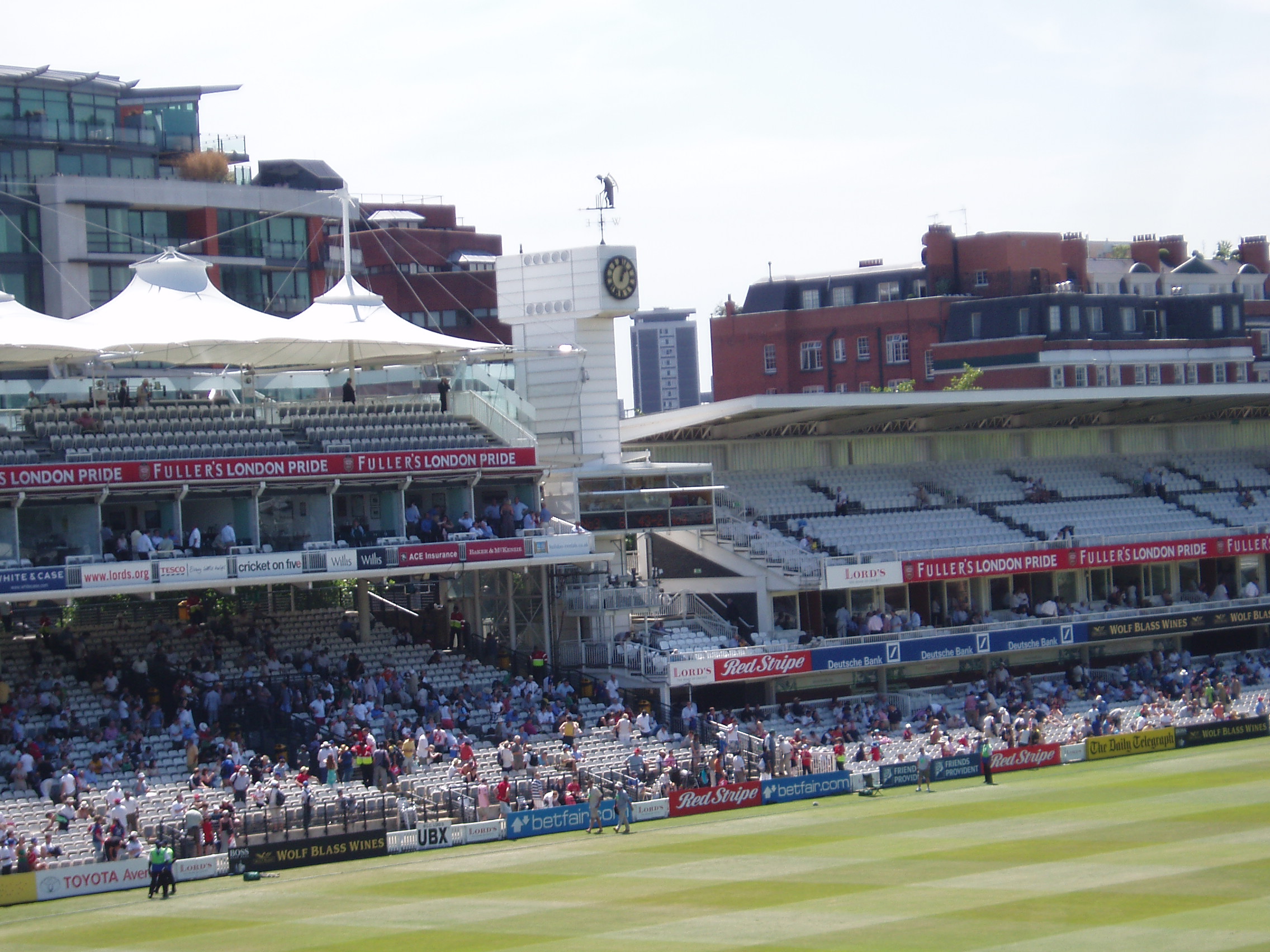|
David Mellor (designer)
David Rogerson Mellor (5 October 1930 – 7 May 2009) was an English designer, manufacturer, craftsman and retailer. Regarded as one of the best-known designers in Britain, 22 October 1998, Kenneth Powell, Architects Journal. Retrieved 13 August 2008 Mellor specialised in metalwork and especially cutlery. He also produced many other designs, including for bus shelters and the traffic light system in use across the United Kingdom, British Crown Dependencies, and British overseas territories. Early life and training Mellor was born in Ecclesall, Sheffield, where his father was a toolmaker for the Sheffield Twist Drill Company. From the age of eleven, Mellor attended the Junior Art Dep ...[...More Info...] [...Related Items...] OR: [Wikipedia] [Google] [Baidu] |
Ecclesall
Ecclesall Ward—which includes the neighbourhoods of Banner Cross, Bents Green, Carterknowle, Ecclesall, Greystones, Millhouses, and Ringinglow—is one of the 28 electoral wards in the Sheffield district, in the county of South Yorkshire, England. It is located in the southwestern part of the city and covers an area of . The population of this ward in 2007 was 19,211 people in 7,626 households, reducing to 6,657 at the 2011 Census. Ecclesall ward is one of the four wards that make up the South West Community Assembly and one of five wards that make up the Sheffield Hallam Parliamentary constituency. The Member of Parliament is Olivia Blake, a Labour MP. Ecclesall is one of the least socially deprived wards in the entire country, with a 2002 deprivation score of 4.7—making it the 8,105th most deprived (hence 309th least deprived) ward out of 8,414 wards in the country. The demographic consists largely of white, middle-class families. History Evidence of early occupation o ... [...More Info...] [...Related Items...] OR: [Wikipedia] [Google] [Baidu] |
Derbyshire
Derbyshire ( ) is a ceremonial county in the East Midlands of England. It borders Greater Manchester, West Yorkshire, and South Yorkshire to the north, Nottinghamshire to the east, Leicestershire to the south-east, Staffordshire to the south and west, and Cheshire to the west. Derby is the largest settlement, and Matlock is the county town. The county has an area of and a population of 1,053,316. The east of the county is more densely populated than the west, and contains the county's largest settlements: Derby (261,400), Chesterfield (88,483), and Swadlincote (45,000). For local government purposes Derbyshire comprises a non-metropolitan county, with eight districts, and the Derby unitary authority area. The East Midlands Combined County Authority includes Derbyshire County Council and Derby City Council. The north and centre of Derbyshire are hilly and contain the southern end of the Pennines, most of which are part of the Peak District National Park. They include Kinde ... [...More Info...] [...Related Items...] OR: [Wikipedia] [Google] [Baidu] |
Manchester
Manchester () is a city and the metropolitan borough of Greater Manchester, England. It had an estimated population of in . Greater Manchester is the third-most populous metropolitan area in the United Kingdom, with a population of 2.92 million, and the largest in Northern England. It borders the Cheshire Plain to the south, the Pennines to the north and east, and the neighbouring city of Salford to the west. The city borders the boroughs of Trafford, Metropolitan Borough of Stockport, Stockport, Tameside, Metropolitan Borough of Oldham, Oldham, Metropolitan Borough of Rochdale, Rochdale, Metropolitan Borough of Bury, Bury and City of Salford, Salford. The history of Manchester began with the civilian settlement associated with the Roman fort (''castra'') of Mamucium, ''Mamucium'' or ''Mancunium'', established on a sandstone bluff near the confluence of the rivers River Medlock, Medlock and River Irwell, Irwell. Throughout the Middle Ages, Manchester remained a ma ... [...More Info...] [...Related Items...] OR: [Wikipedia] [Google] [Baidu] |
King Street, Manchester
King Street is one of the most important thoroughfares of Manchester city centre, England. For much of the 20th century it was the centre of the North West England, north-west banking industry but it has become progressively dominated by upmarket retail instead of large banks. History King Street began in the 18th century at the Spring Gardens, Manchester, Spring Gardens end when the Jacobite party in the town created James's Square and to the west of it a fine street. Beyond what is now Cross Street it was much narrower and one 18th-century building remains (a former District Bank). Further west beyond Deansgate is King Street West on a different alignment. By the 1970s, there was a clear demarcation between the eastern section of mainly financial and office buildings and the narrower section to the west a mostly upmarket shopping street (later pedestrianised). Subsequently, the eastern section had the monumental Former National Westminster Bank, Spring Gardens, Manchester, N ... [...More Info...] [...Related Items...] OR: [Wikipedia] [Google] [Baidu] |
Covent Garden
Covent Garden is a district in London, on the eastern fringes of the West End, between St Martin's Lane and Drury Lane. It is associated with the former fruit-and-vegetable market in the central square, now a popular shopping and tourist site, and with the Royal Opera House, itself known as "Covent Garden". The district is divided by the main thoroughfare of Long Acre, north of which is given over to independent shops centred on Neal's Yard and Seven Dials, while the south contains the central square with its street performers and most of the historical buildings, theatres and entertainment facilities, including the London Transport Museum and the Theatre Royal, Drury Lane. The area was fields until briefly settled in the 7th century when it became the heart of the Anglo-Saxon trading town of Lundenwic, then abandoned at the end of the 9th century after which it returned to fields. By 1200 part of it had been walled off by the Abbot of Westminster Abbey for use as arabl ... [...More Info...] [...Related Items...] OR: [Wikipedia] [Google] [Baidu] |
Sloane Square
Sloane Square is a small hard-landscaped square on the boundaries of the central London districts of Belgravia and Chelsea, London, Chelsea, located southwest of Charing Cross, in the Royal Borough of Kensington and Chelsea. The area forms a boundary between the two largest aristocratic estates in London, the Grosvenor Estate and the Cadogan Estates, Cadogan. The square was formerly known as 'Hans Town', laid out in 1771 to a plan of by Henry Holland Snr. and Henry Holland (architect), Henry Holland Jnr. Both the square and Hans Town were named after Sir Hans Sloane (1660–1753), an Anglo-Irish people, Anglo-Irish doctor who, jointly with his appointed trustees, owned the land at the time. Location The bulk of Chelsea, especially the east end more local to Sloane Square, is architecturally and economically similar to South Kensington, Belgravia, St James's, and Mayfair. The largely retail at ground floor Kings Road with its design and interior furnishing focus intersects at ... [...More Info...] [...Related Items...] OR: [Wikipedia] [Google] [Baidu] |
Peak District National Park
Peak or The Peak may refer to: Basic meanings Geology * Mountain peak ** Pyramidal peak, a mountaintop that has been sculpted by erosion to form a point Mathematics * Peak hour or rush hour, in traffic congestion * Peak (geometry), an (''n''-3)-dimensional element of a polytope * Peak electricity demand or peak usage * Peak-to-peak, the highest (or sometimes the highest and lowest) points on a varying waveform * Peak (pharmacology), the time at which a drug reaches its maximum plasma concentration * Peak experience, psychological term for a euphoric mental state Resource production In terms of resource production, the peak is the moment when the production of a resource reaches a maximum level, after which it declines; in particular see: * Peak oil * Peak car * Peak coal * Peak farmland * Peak gas * Peak minerals * Peak water * Peak wheat * Peak wood Other basic meanings * Visor, a part of a hat, known as a "peak" in British English * Peaked cap Geography * Peak District in ... [...More Info...] [...Related Items...] OR: [Wikipedia] [Google] [Baidu] |
Hathersage
Hathersage ( ) is a village and civil parish in the Peak District in Derbyshire, England. It lies slightly to the north of the River Derwent, approximately south-west of Sheffield. Toponymy The origin of its name is disputed, although it is generally accepted that the second half derives from the Old English word ''ecg'' meaning "edge". In 1086, it was recorded in the Domesday Book as ''Hereseige'' and, around 1220, as ''Hauersegg''. History Pre-history Mesolithic microliths have been found below Stanage Edge, indicating ancient occupation of the area. In the Outseats area, there is evidence of Bronze Age field system, settlement and burial cairn at Dennis Knoll. Close to a now recumbent 2.3m high boundary marker on Bamford Moor is an embanked stone circle or possibly a ring cairn between 11m and 10m diameter. Roman period There are remains of a Romano-British settlement, possibly a farmstead at a location known as the Warren in the Outseats area. Finds from this si ... [...More Info...] [...Related Items...] OR: [Wikipedia] [Google] [Baidu] |
Michael Hopkins (architect)
Sir Michael John Hopkins (7 May 1935 – 17 June 2023) was an English architect. The RIBA Royal Gold Medal-winning architect founded Hopkins Architects with his wife Patty and was widely regarded as among the greatest of contemporary British architectural figures. Michael, alongside Patty, was part of a small group of leading British architects who were regarded as the founders of the " High-Tech" architectural movement (the other four included Richard Rogers, Norman Foster, Nicholas Grimshaw and Terry Farrell). Life and career Hopkins was born in 1935 in Poole. His father, Gerald, was a builder and his mother, Barbara, decided at a young age that Hopkins would become an architect. Hopkins attended a public school in Sherborne. He studied architecture at the Bournemouth School of Art and worked with Basil Spence and Frederick Gibberd before, aged 23, enrolling at the Architectural Association in London. While studying at the Architectural Institute, Hopkins met Pat ... [...More Info...] [...Related Items...] OR: [Wikipedia] [Google] [Baidu] |
Georgian Architecture
Georgian architecture is the name given in most English-speaking countries to the set of architectural styles current between 1714 and 1830. It is named after the first four Monarchy of the United Kingdom, British monarchs of the House of Hanover, George I of Great Britain, George I, George II of Great Britain, George II, George III, and George IV, who reigned in continuous succession from August 1714 to June 1830. The Georgian cities of the British Isles were Edinburgh, Bath, Somerset, Bath, pre-independence Georgian Dublin, Dublin, and London, and to a lesser extent York and Bristol. The style was revived in the late 19th century in the United States as Colonial Revival architecture and in the early 20th century in Great Britain as Neo-Georgian architecture; in both it is also called Georgian Revival architecture. In the United States, the term ''Georgian'' is generally used to describe all buildings from the period, regardless of style; in Britain it is generally restricte ... [...More Info...] [...Related Items...] OR: [Wikipedia] [Google] [Baidu] |
Broom Hall
Broom Hall is a historic house in the City of Sheffield, England that gives its name to the surrounding Broomhall district of the city. The earliest part of the house is timber-framed; it has been tree-ring dated to c1498, and was built by the de Wickersley family, whose ancestral home was at Wickersley. The de Wickersley family descended from Richard FitzTurgis, who co-founded Roche Abbey in South Yorkshire. The de Wickersley family later dropped their Norman name (FitzTurgis) in favour of the village they controlled. The home later fell to the Swyft (Swift) family, after Robert Swift of Broomhall married Ellen, daughter and heir of Nicholas Wickersley, son and principal heir of John Wickersley of Wickersley and Broomhall. In the 16th century Broom Hall came into the possession of the Jessop family after marriage to a Swyft heiress. The Jessops added an extension to the house c.1614 and rebuilt sections of the house later in the 17th century. An east wing was added in 17 ... [...More Info...] [...Related Items...] OR: [Wikipedia] [Google] [Baidu] |
Secretary Of State For The Environment
The secretary of state for the environment was a UK cabinet position, responsible for the Department of the Environment (DoE). Today, its responsibilities are carried out by the secretary of state for environment, food and rural affairs and the secretary of state for housing, communities and local government. The post was created by Edward Heath as a combination of the Ministry of Housing and Local Government, the Ministry of Transport and the Ministry of Public Building and Works on 15 October 1970. Thus it managed a mixed portfolio of issues: housing and planning, local government, public buildings, environmental protection and, initially, transport – James Callaghan gave transport its department again in 1976. It has been asserted that during the Thatcher government the DoE led the drive towards centralism, and the undermining of local government.Peter Hennessy, ''Whitehall'' p.439 Particularly, the concept of 'inner cities policy', often involving centrally negotiated publ ... [...More Info...] [...Related Items...] OR: [Wikipedia] [Google] [Baidu] |









